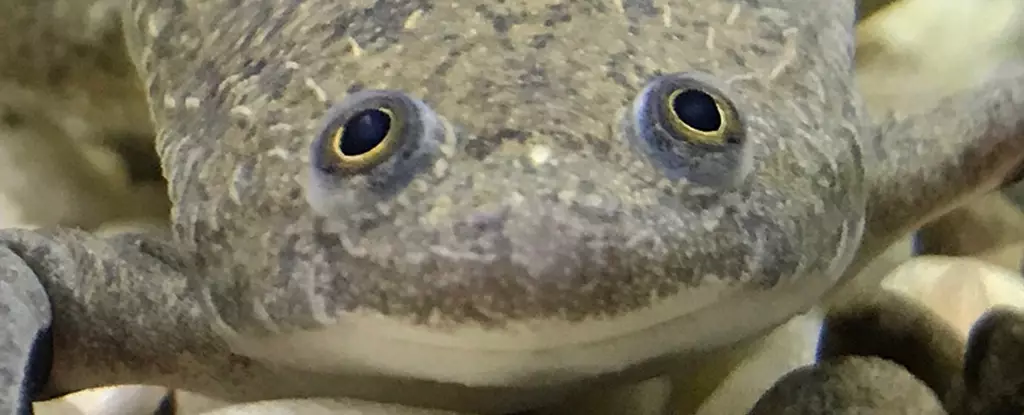It may seem strange to consider frogs as having a connection to the evolution of mammalian hair, given that frogs are hairless creatures. However, researchers have discovered that frogs, specifically the tropical clawed frog (Xenopus tropicalis), share some genetic similarities with mammals when it comes to the production of keratin-like molecules. Despite the fact that frogs do not possess hair themselves, the presence of genes involved in the production of these molecules suggests a deeper connection between frogs and the origins of mammalian fuzz.
One of the key genes involved in the development of hair and nails is the Hoxc13 gene. Research has shown that mutations in this gene can lead to defects in the growth of hair and nails in mammals. By studying the tropical clawed frog and switching off the Hoxc13 gene, researchers were able to block the formation of claws in these amphibians. This finding suggests that the genetic origins of hair may be traced back to a common ancestor of frogs and mammals, known as a stem tetrapod.
The presence of the Hoxc13 gene in the last common ancestor of all jawed vertebrates indicates the crucial role it plays in the development of hair. This gene has been conserved throughout evolution, suggesting its importance in the formation of skin appendages such as claws, nails, and hair. In the early stages of vertebrate evolution, these appendages served a protective function, helping animals adapt to life on land by providing insulation and aiding in activities such as digging, hunting, and self-defense.
While the origins of hair can be traced back to the development of toe pads in tree frogs, it is still unclear how the transition from claw-like structures to hair follicles occurred in mammals. The evolution of hair likely involved modifications to the genetic program responsible for claw formation, leading to the development of hair follicles in mammals. The role of the Hoxc13 gene in controlling the production of feather keratins in birds remains a topic of ongoing research, highlighting the complexity of skin appendage development in different species.
The study of frogs and their genetic similarities to mammals has shed light on the origins of mammalian hair. By examining the role of genes such as Hoxc13 in the development of skin appendages, researchers have uncovered the evolutionary link between claws, nails, and hair in different species. While there is still much to learn about the specific mechanisms that led to the development of hair in mammals, this research provides valuable insights into the genetic and evolutionary processes that have shaped the diversity of skin appendages in the animal kingdom.


Leave a Reply